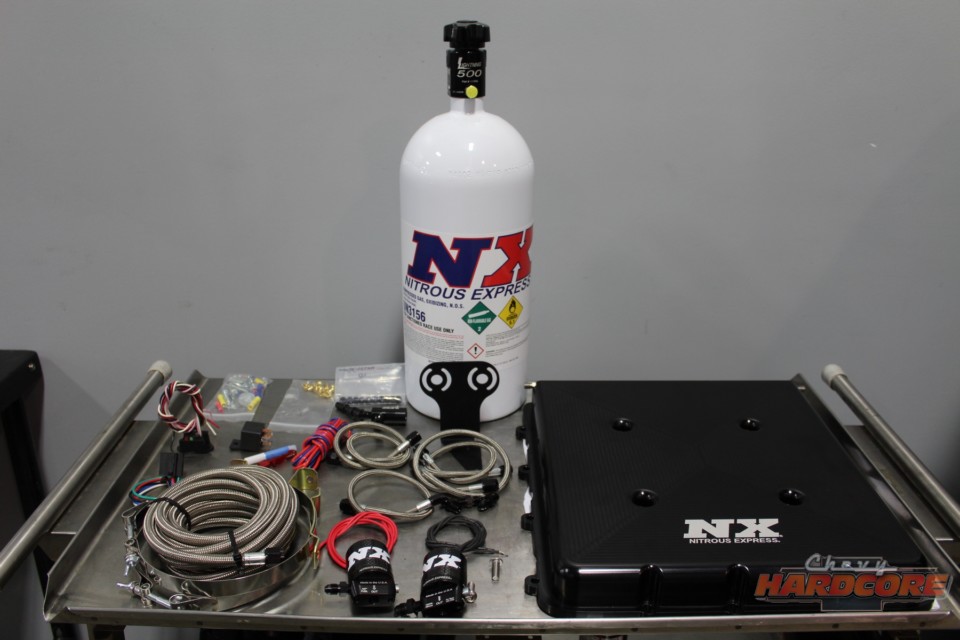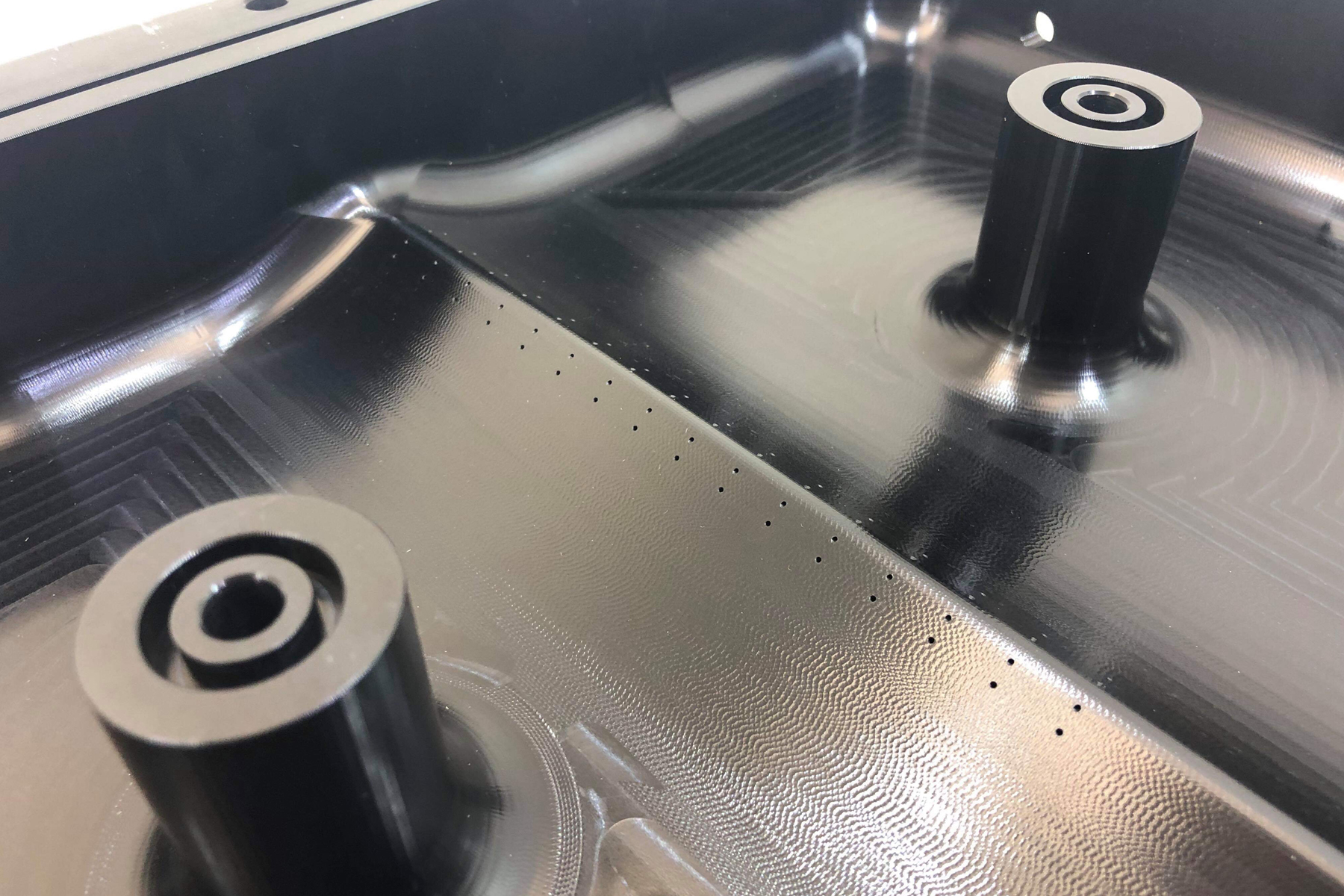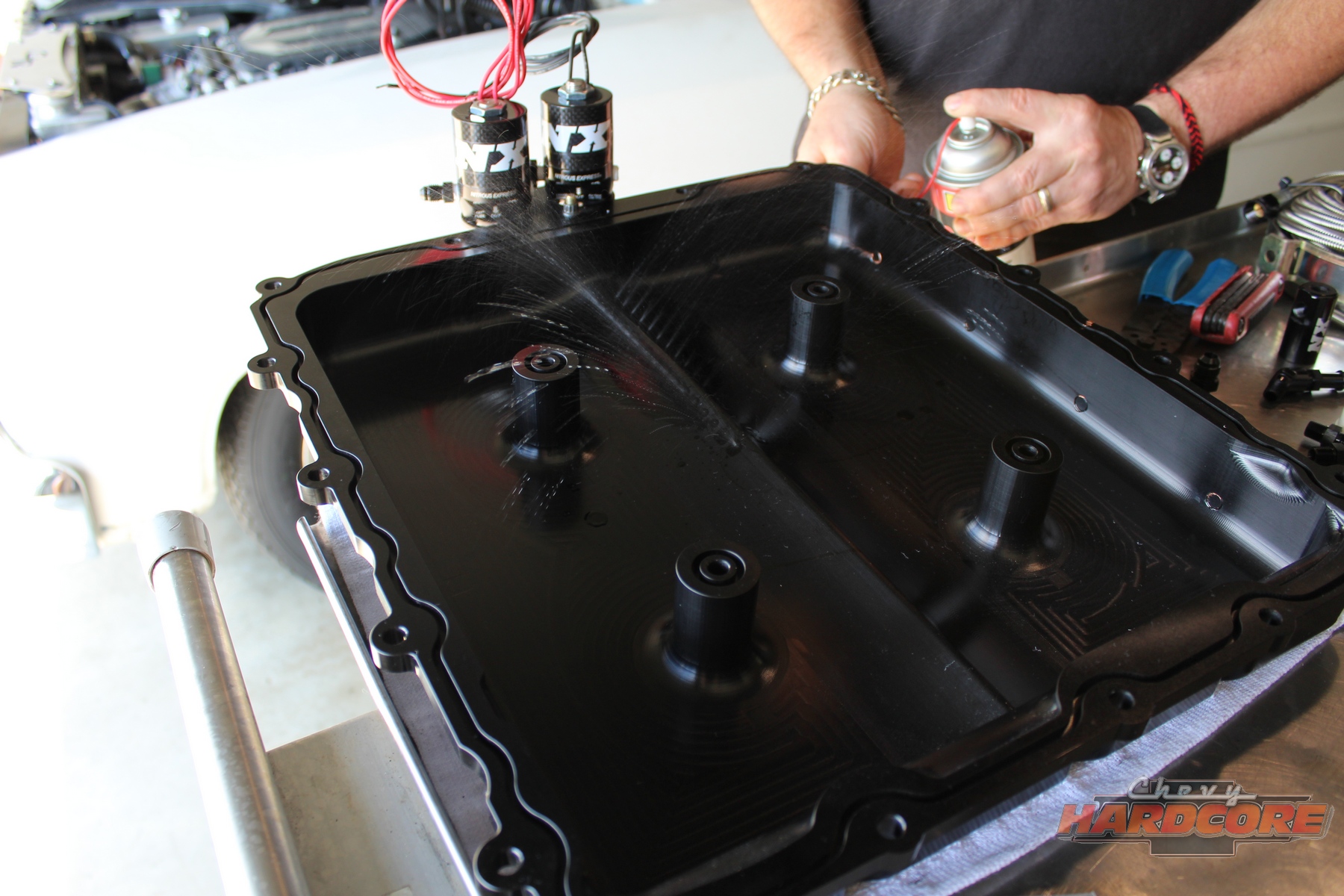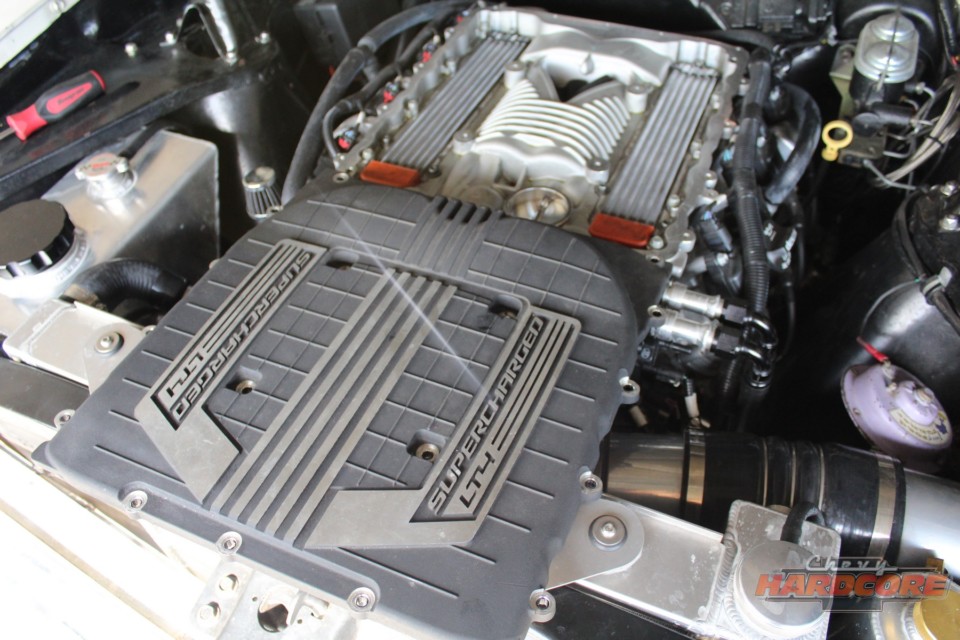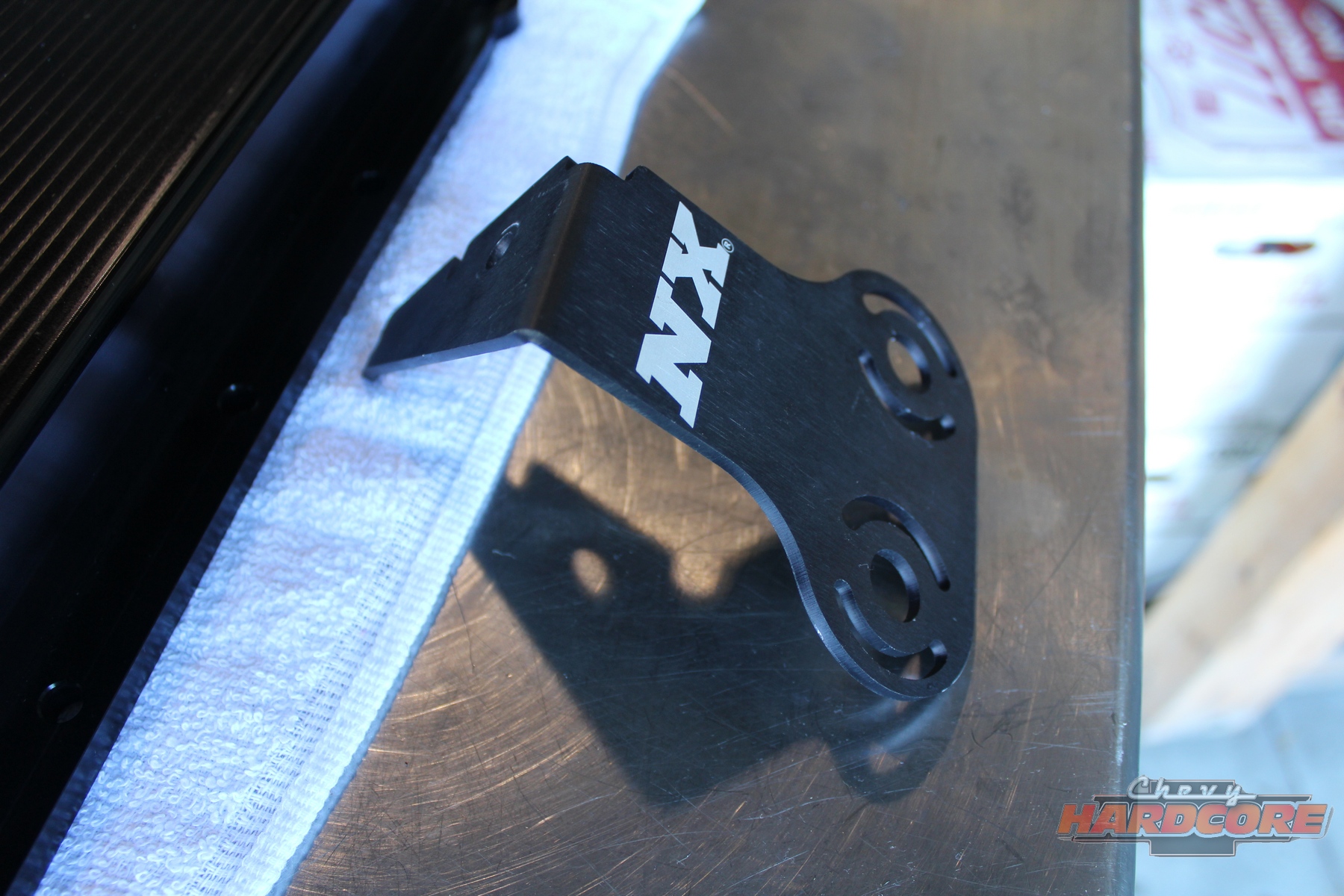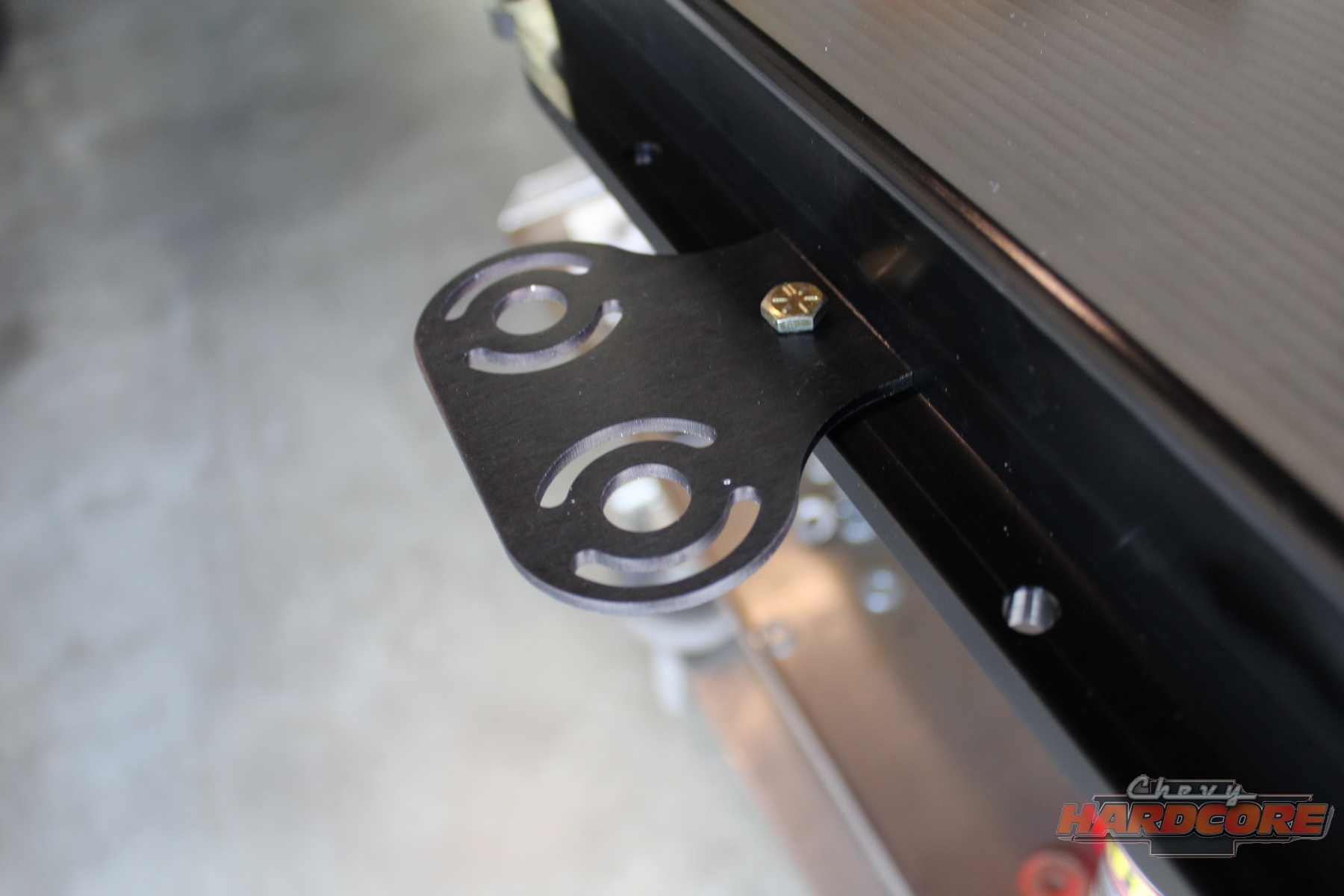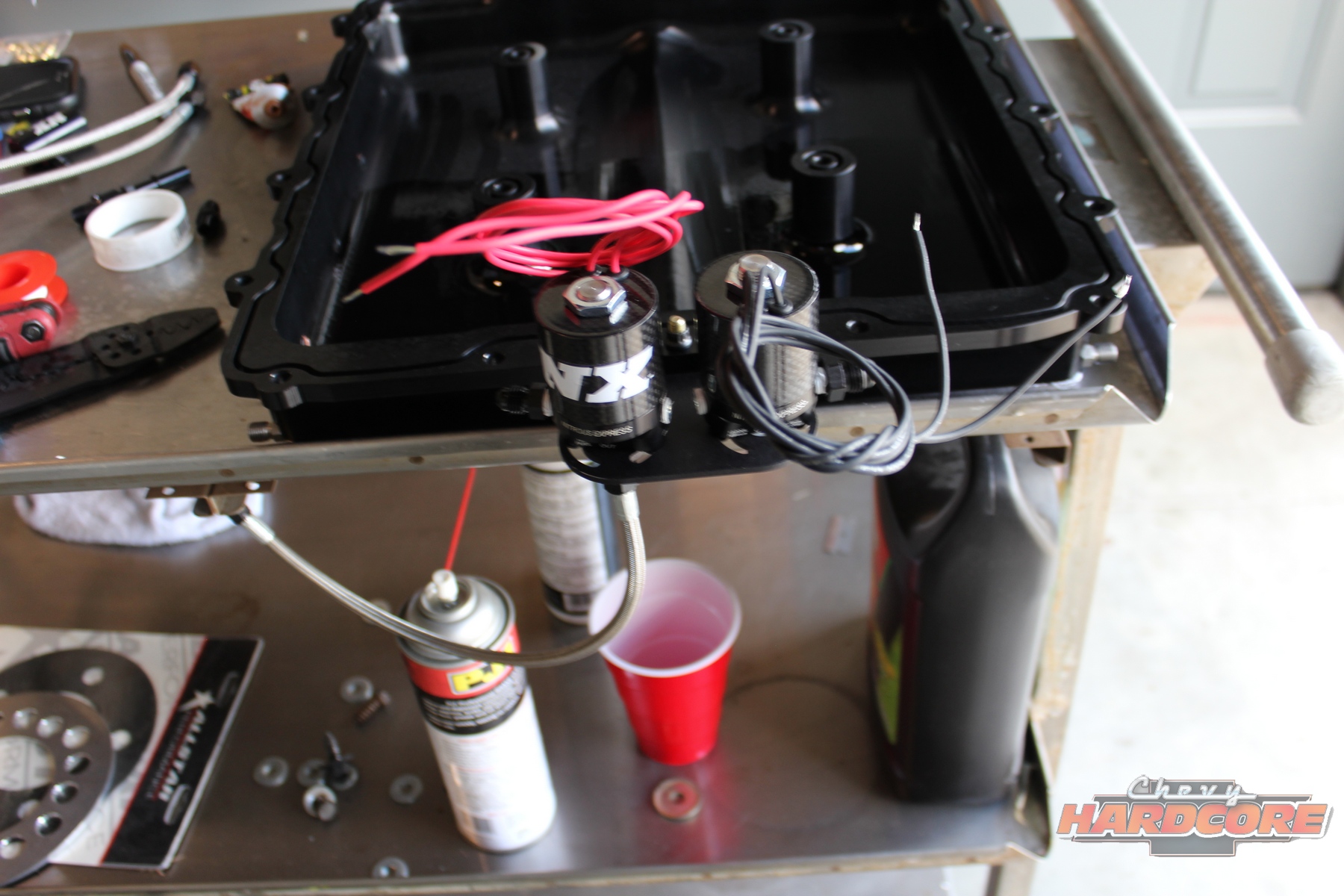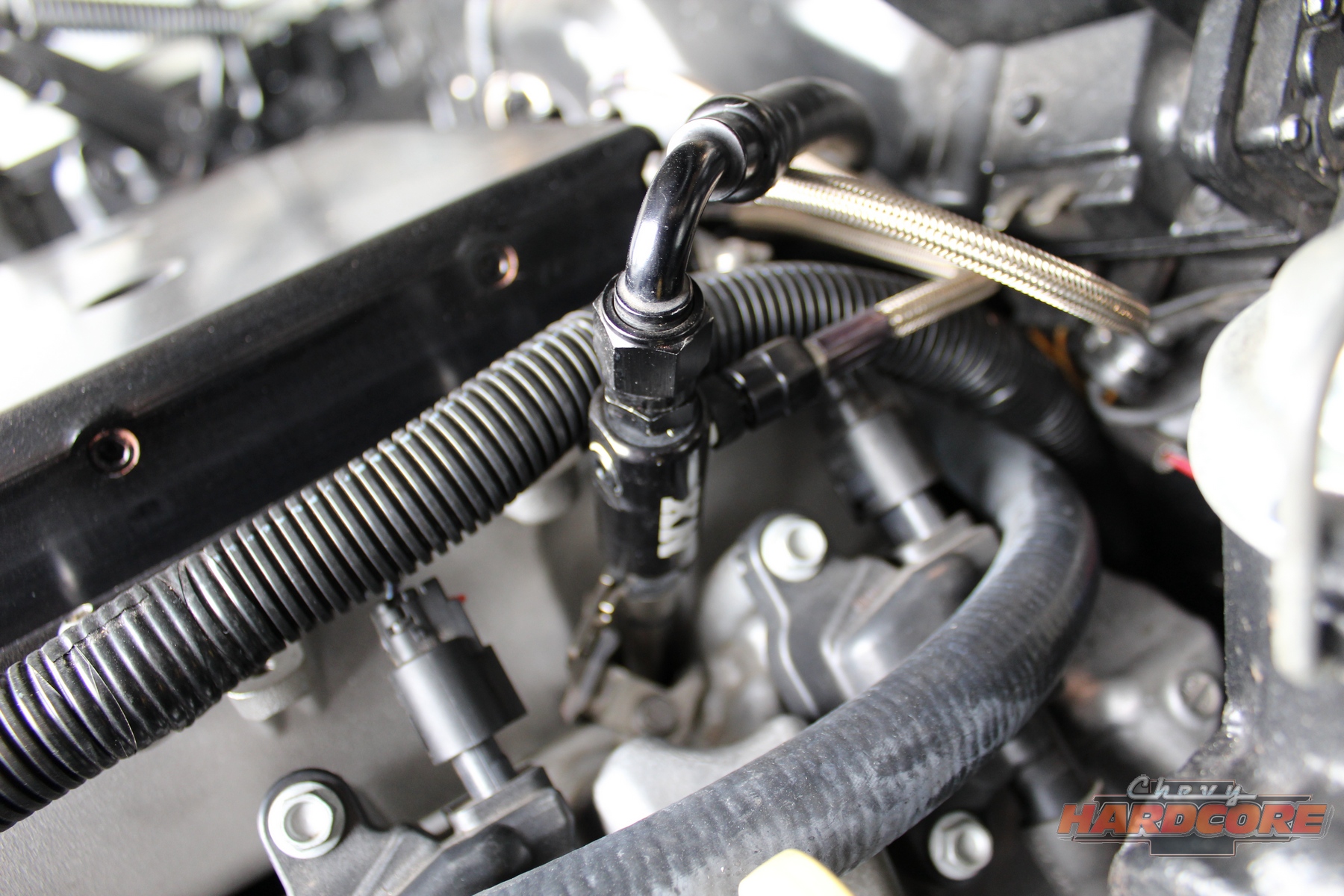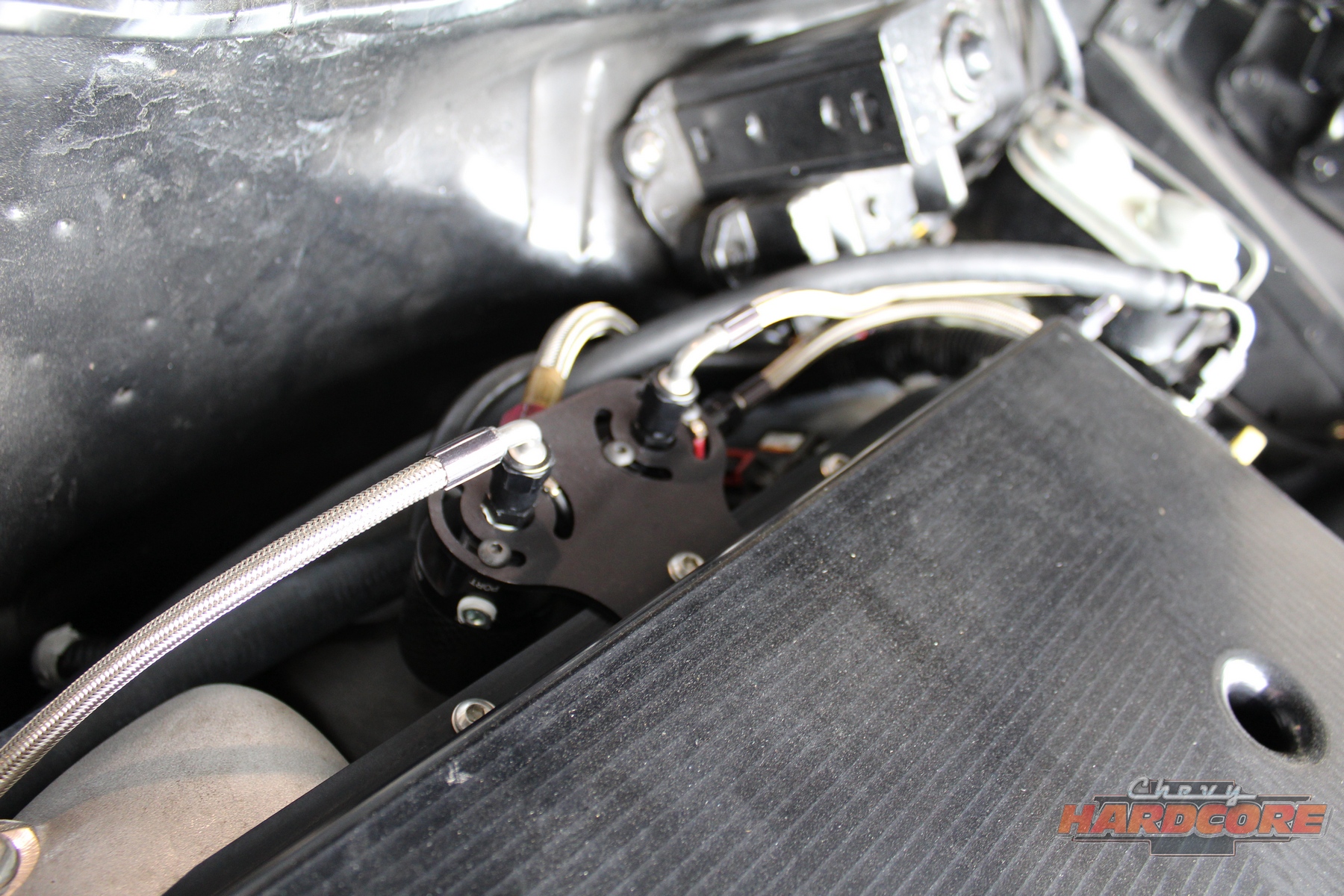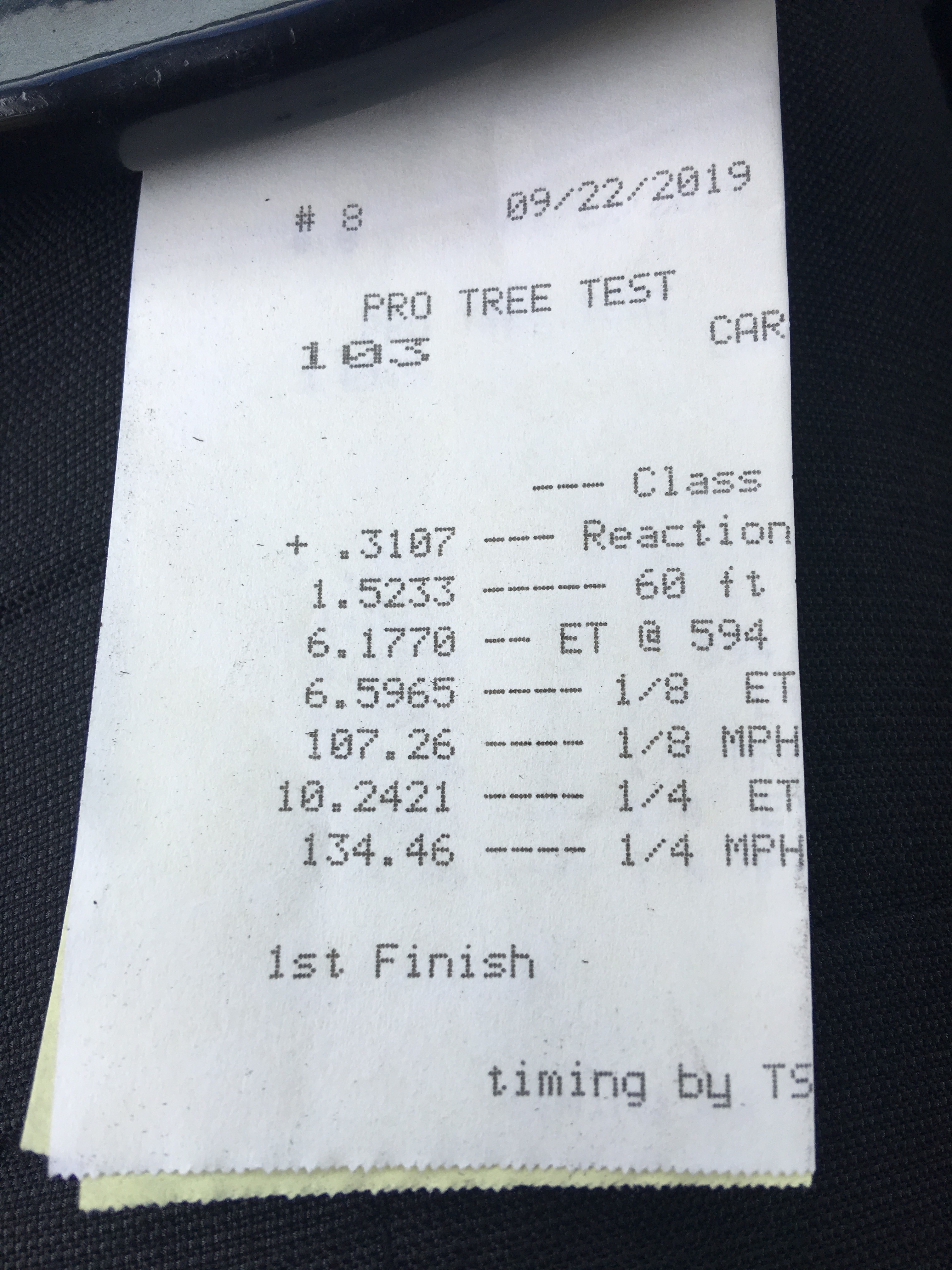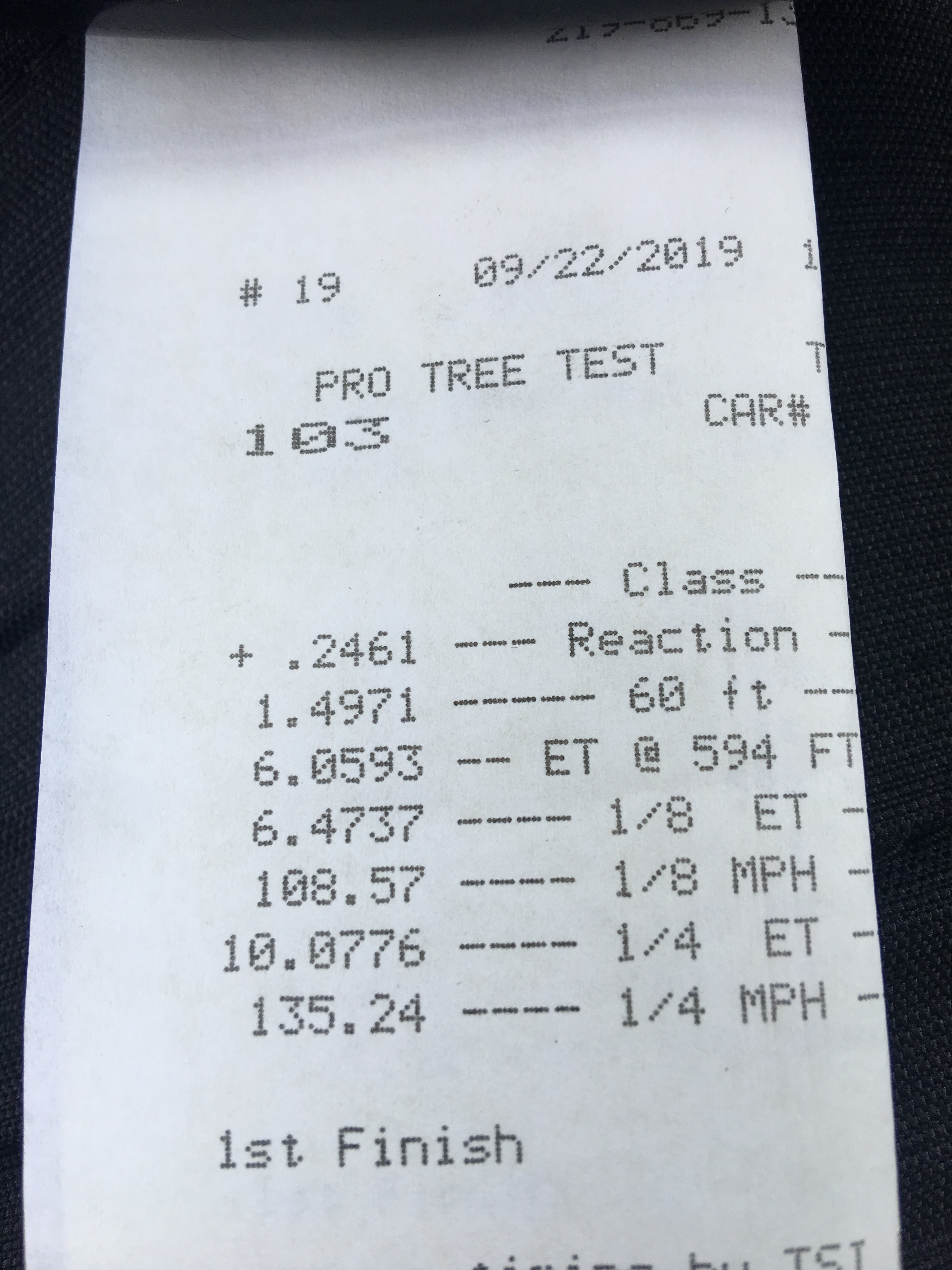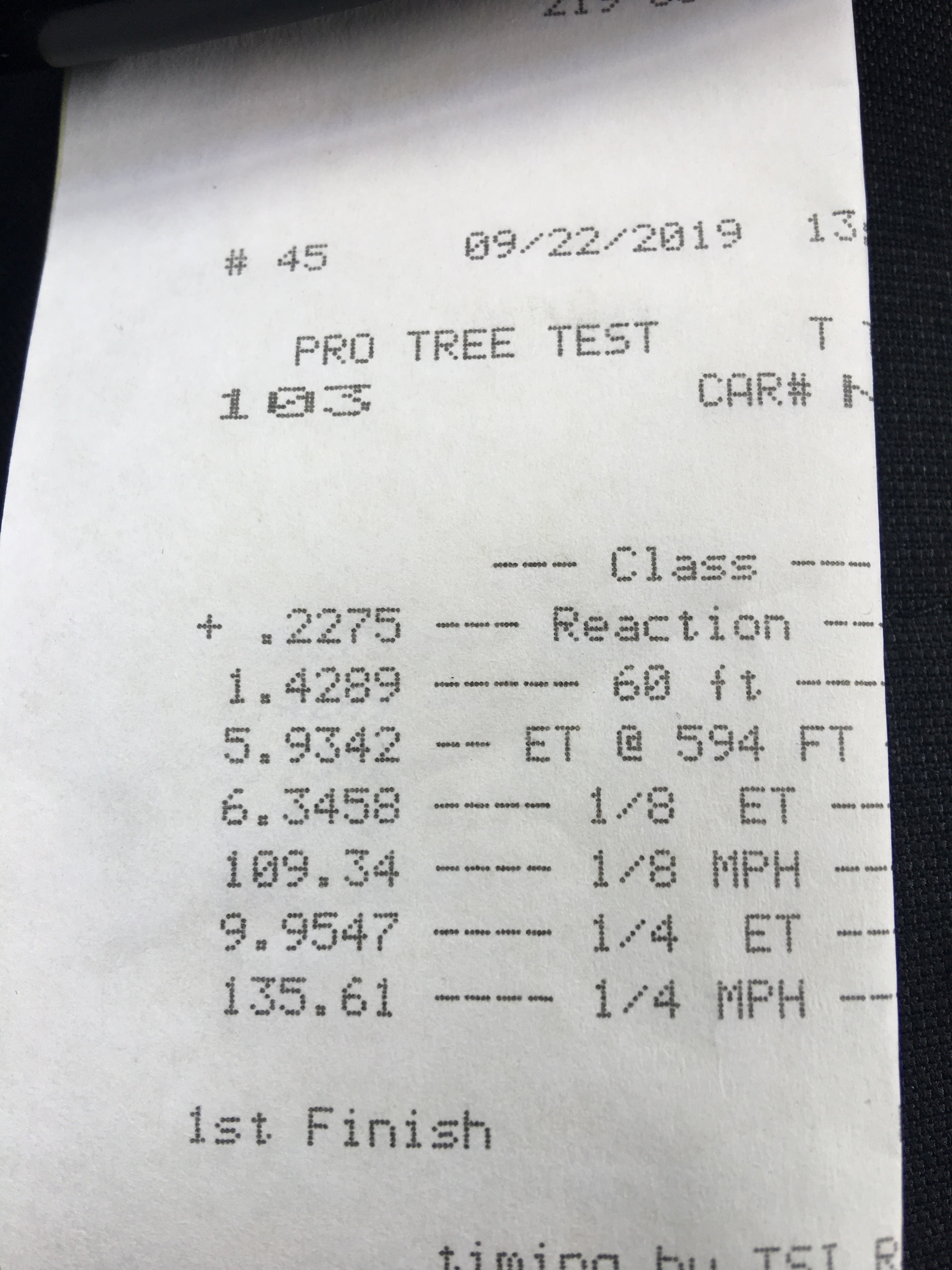Project cars can take a seemingly long time to complete. Things like expendable income, family responsibilities, and even hard times can cause a project to languish – or worse yet – end up being sold. But, if the person building the project can weather the tribulations of life, the end result is usually something worth celebrating.
For instance, take this little Chevy II we introduced back in July of 2016. It’s easy to see this is a typical project car. It gets worked on as time allows, and fortunately, remained a part of the same family for the last several decades. It was back in the ’80s when Larry Dixon first acquired the Nova. It’s seen a lot of changes come-and-go throughout its tenure, but it remained a part of his life throughout it all.
A couple of years ago, Larry was ready to rekindle the relationship and spend some time with his old friend. We were fortunate in the fact that Larry gave us the opportunity to follow along as he did a few upgrades to his little shoebox.
From The Beginning
The rekindling started with rebuilding the suspension with the help of Classic Industries. We then ventured into dropping the new Chevrolet Performance supercharged LT4 crate engine between the fenders. Once that was complete, a set of custom headers needed to fabbed. There were many more upgrades made along the way, and you can check them out here.
When all of those upgrades were completed, Larry was shooting for the stars and hoping to achieve his goal of an enjoyable street car that could turn 9-second e.t.s. Unfortunately, that didn’t happen. But, his best of a 10.40-second quarter-mile e.t. was nothing to sneeze at. However, since his day job consists of piloting a car to sub-4-second e.t.’s, you can bet he wasn’t content with 10’s.
To quell the 10-second demon on his back, he reached out to see if we wanted to follow along as he installed a Nitrous Express laughing gas kit (part number 20939-10). The nitrous kit comes complete with billet-aluminum and carbon-fiber Lightning solenoids, an industry-exclusive billet-aluminum Lightning 500 bottle valve, stainless-steel-braided lines, stainless-steel bottle brackets, wiring, switches, and jetting for 50 to 300 horsepower.
The nitrous passages are incorporated into the lid and deliver a direct spray over the intercoolers and into each port. Nitrous Express also states the lid itself can add up to 25 horsepower.
According to the Nitrous Express website, the billet supercharger lid that came with Larry’s kit directly replaces the factory supercharger lid on GM LT4 superchargers. The improved airflow design offered by the lid is reported to increase power by as much as 25 ponies when used alone.
Because the cover already has the bungs drilled and tapped into it, an added benefit is a user can easily add direct-port water/methanol injection for additional cooling and octane effect. This can easily add up to 20-percent-more power in conjunction with tuning the vehicle’s ECU.
The nitrous itself is introduced into the engine via an internal passage system that injects nitrous and fuel through the intercooler and into each intake port. This provides a direct, port-like distribution for maximum performance.
Assembling The Puzzle
Before any testing could begin, the install needed to be tackled first. Like us, this was Larry’s first installation of a kit like this, so we felt it prudent to get some input from someone who knows all about this stuff. To get answers to our questions, we reached out to Ryan Lewis, marketing director at Nitrous Express.
“You will need to be familiar with wiring and mounting brackets, running line, hoses, and wires throughout the vehicle,” stated Ryan. “If this is not something you are familiar with, we recommend taking the vehicle to an authorized NX dealer.” You can find a listing of Nitrous Express dealers here.
In Larry’s case, we’re confident he has the ability to handle those aspects of the install – he has crewed-on and built top-fuel cars for cryin’ out loud. But just to clarify, an install like this is one that can be accomplished by almost anyone. “The kit really was simple to install,” Larry told us. “I put it on my Nova by myself, and it only took a few hours.”
Many of us old-school guys have installed nitrous kits on carbureted cars, but we wondered if it was any easier or harder with a modern engine like this LT4. “Installing a nitrous system on a fuel-injected vehicle is a little more complicated to do when wiring into the vehicle’s already complex EFI system,” stated Ryan. “We needed to find electronic inputs for TPS/WOT and RPM (optional), which can mean splicing into the vehicles wiring harness. In the case of using a nitrous controller (such as the NX Maximizer 5), you will need basic knowledge on how to setup/configure sensors within the Maximizer software.”
The solenoid-mounting bracket is designed to mount on a flat surface, like the firewall. Larry modified the bracket by cutting it so he could mount it directly to the lid-securing bolts.
Having a proper fuel system is a must when using nitrous oxide, and if your current system isn’t capable of delivering the proper amount of fuel to feed the activated system, serious problems can – and usually do – arise. Fortunately, Ryan told us that Nitrous Express has taken that into consideration.
Locate the low-pressure-side of the fuel line connection at the driver's side rear of the engine. Attach the NX Fuel Rail Adapter to the in-line with the factory fuel line. Install one end of the -4AN stainless braided line to the -4AN fitting on the side of the fuel rail adapter, and connect the other end of the line to the -4AN inlet fitting on the fuel solenoid.
“Almost all NX systems are designed to work with the vehicle’s factory fuel system. However, if you are adding more horsepower than the factory fuel system can support, we do offer a Stand-Alone Fuel Enrichment (S.A.F.E.) setup which will allow you to run race fuel when the nitrous is engaged and supplies a stand-alone fuel supply for the nitrous system.”

Installing the lid and solenoids is probably the easiest part of the kit. You will need to tap into the fuel system, and Larry told us the wiring is really straightforward. You only need to run a wire from the solenoids to an arming switch and trigger-button inside the car, and then to the fuse panel.
Laughing All The Way To 9’s
But, what’s an install without some real-world testing. The night Larry got to the track; he was only able to make three passes. However, those passes did net the hoped-for result. Remember, before the nitrous install, his best pass was a 10.40-second quarter-mile e.t. His first pass with the nitrous – using 100 horsepower jets, was 10.24-seconds. It had been a while since Larry was able to subject his Nova to track testing, so we’re certain he just needed to shake off the rust.
His second run showed an improvement, dropping to 10.07 seconds. He was getting his bearings back behind the wheel and hoped his third pass would net him the desired result.
“During my third pass, I launched the car at around 1,800 rpm and shifted between 6,200- and 6,500-rpm,” stated Larry smiling from ear-to-ear. “Since I am running a small 10-inch drag radial, traction can be an issue. Because of that, I manually activated the nitrous when I was in Second gear and held the button until I got to the finish line. I finally got my 9.95 run.”
“My initial goal when I started this project was to build a 9-second street car that got great fuel mileage. I’ve reached that goal. Now I have to think about whether I’m ready to add bigger jets and try to go quicker. I’m a racer at heart, so you can imagine what’s going to happen.”
Speaking with Larry after he made his 9-second pass, he informed us he was still running the 8.2-inch 10-bolt rear. If he plans to go much quicker, we think we know what his next upgrade is about to be.
Even though the execution of hot-rodding a late-model engine has changed drastically from traditional small-block engines, the basics remain the same. Add more fuel and air, and you can make more power. The Nitrous Express kit does all that, and Larry’s testing is proof positive of the results you can achieve with only a few hours of your time.




